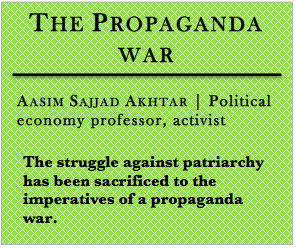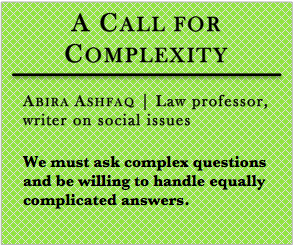Editors Introduction | a conversations series
Two weeks ago, the New York Times asked six writers to comment on what Pakistan and its allies can do to stop the Taliban and support women’s rights. In the wake of the Tehreek-e-Taliban’s (TTP) attack on 14-year-old Malala Yousafzai, the question was timely.
Titled, “Supporting Pakistanis, Stopping the Taliban,” the segment posed the question as the following:
Many Pakistanis have united to condemn the Taliban for shooting Malala Yousafzai, a 14-year-old schoolgirl. According to a Taliban spokesman, the girl was targeted because she “was promoting Western culture in Pashtun areas.”
Is there a way to safely support women’s rights in Taliban-heavy areas? What can Pakistan and its allies do to either work with the Taliban on reform initiatives, or stop it from terrorizing civilians?
We welcome the question. Malala’s own diaries speak time and again to the abuses of the TTP in her beloved Swat. But, the responses in the paper of record, we felt, fall far short of a genuine reckoning with the issue.
So, we asked six Tanqeed writers to respond to the question, and they have risen to the occasion magnificently. Orbala, from Swat herself, responds to the instrumental uses to which Malala’s attack has been put, both by the so-called western media as well as by all sides of the drone argument. Ahmad points out that the ways in which the TTP’s violence is parasitic on the violence about which liberals and war apologists have little to say. Akhtar examines how progressive struggles more generally have been sacrificed to propaganda. Ashfaq urges us not to shy away from asking complex questions and understanding the structural causes of our current predicament. Finally, Toor turns the exercise on its head and provides some interesting questions of her own.
Together, these writers foreground and interrogate the troubling assumptions that underwrite the NYT’s question and take apart the tepid platitudes and liberal justifications for intervention of the responses. They show that there is room for debate.
-M.T. + M.A.









[…] of powerful internal and external forces. An intriguing critique of the Malala coverage is found on Tanqeed, a magazine on politics and culture. Tanqeed presents a conversation series in which six writers, […]